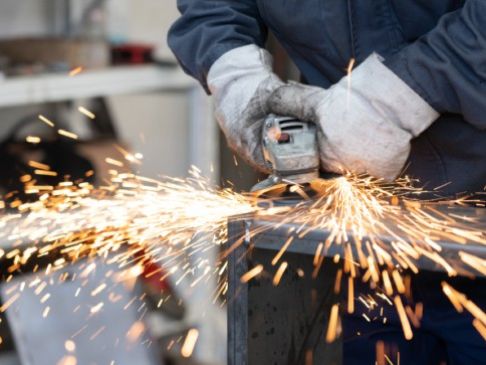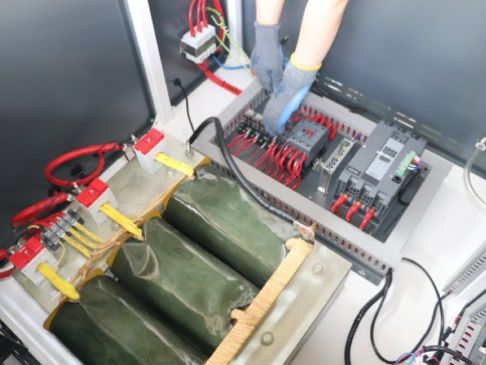Time:
Differences between Vertical and Horizontal Furnaces
Heating Mechanism:
The heating mechanism in vertical and horizontal tube furnaces differs in terms of heat distribution and transfer. In vertical tube furnaces, the heating element surrounds the tube, ensuring efficient heat transfer through radiation or convection. This design facilitates uniform temperature distribution along the length of the sample. In contrast, horizontal tube furnaces also employ a heating element surrounding the tube, but heat transfer occurs primarily through radiation. This can result in slight temperature variations along the length of the sample.
Sample Handling:
Vertical and horizontal tube furnaces have different approaches to sample loading and positioning. In vertical tube furnaces, samples are typically inserted vertically into the tube. This allows for easy loading and unloading, especially for longer or vertically aligned samples. Horizontal tube furnaces, on the other hand, require samples to be positioned horizontally within the tube. This may involve more complex handling and positioning mechanisms, especially when dealing with larger or multiple samples.
Space and Footprint:
The space requirements and installation considerations for vertical and horizontal tube furnaces vary. Vertical tube furnaces generally have a more compact footprint, making them suitable for laboratories or facilities with limited space. They can be easily integrated into existing setups or placed on benchtops. Horizontal tube furnaces, due to their horizontal orientation, typically occupy more space. They may require dedicated floor space or additional infrastructure to accommodate their larger footprint.
Temperature Control and Uniformity:
Temperature control and heat distribution differ between vertical and horizontal tube furnaces. Vertical tube furnaces provide excellent temperature uniformity along the length of the sample due to the vertical orientation and the surrounding heating element. This ensures consistent heating and reliable results. Horizontal tube furnaces, while still capable of maintaining uniform temperatures, may experience slight temperature variations along the length of the sample due to the horizontal orientation. Careful optimization of temperature profiles may be required to ensure uniform heat distribution.
Related News

ndustrial furnaces are used globally for a wide range of applications. As the selection of applications grew, different types of furnaces were developed to keep up with demands.
ASHING FURNACES
Ashing furnaces are used to determine the amount of ash that forms after a sample is burned. Typical materials used as samples in ashing furnaces are petroleum products, lubricating oils, and coal.

Our furnaces can be used in high-temperature tempering, annealing, quenching and other
Get A Free Quote
Submit Request